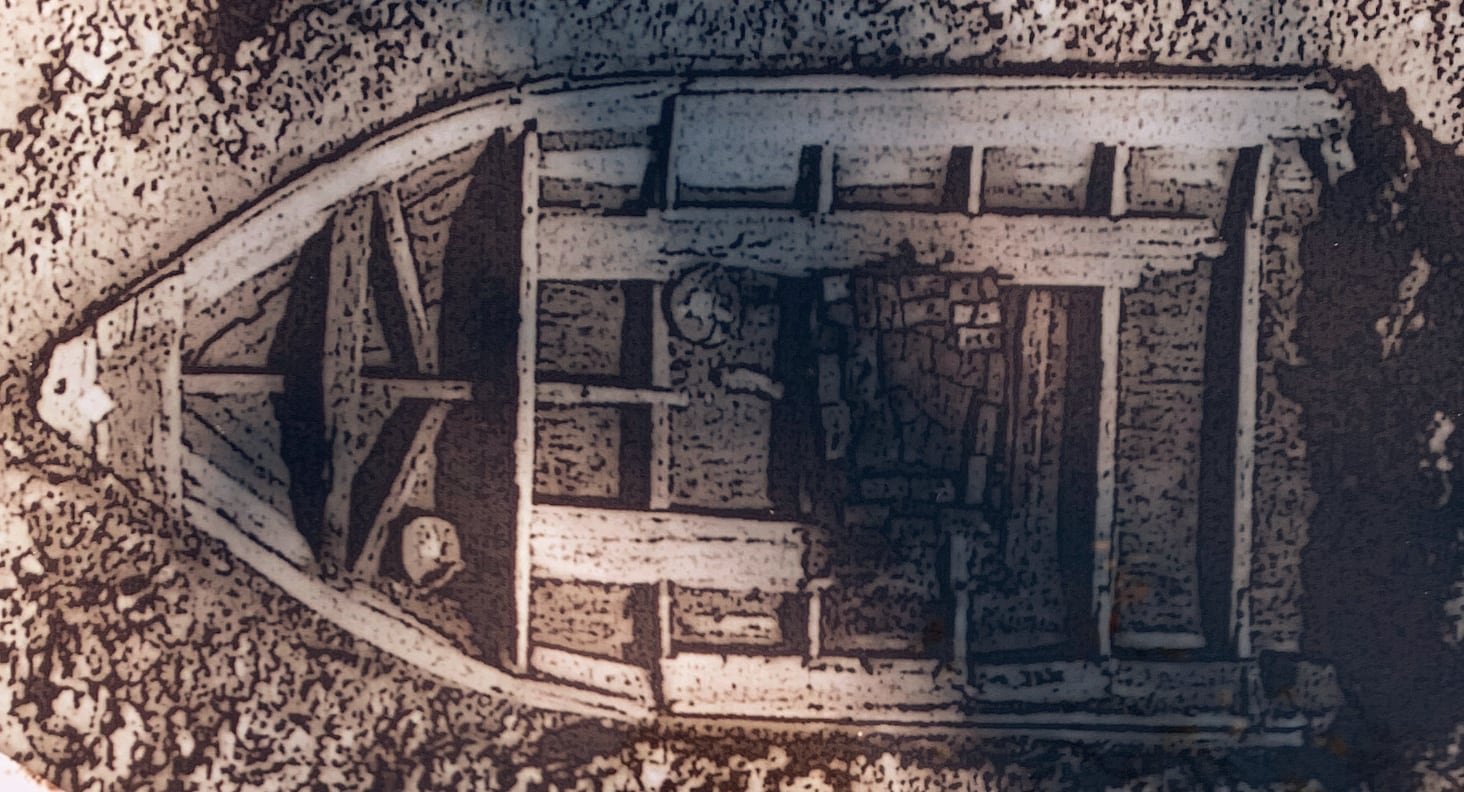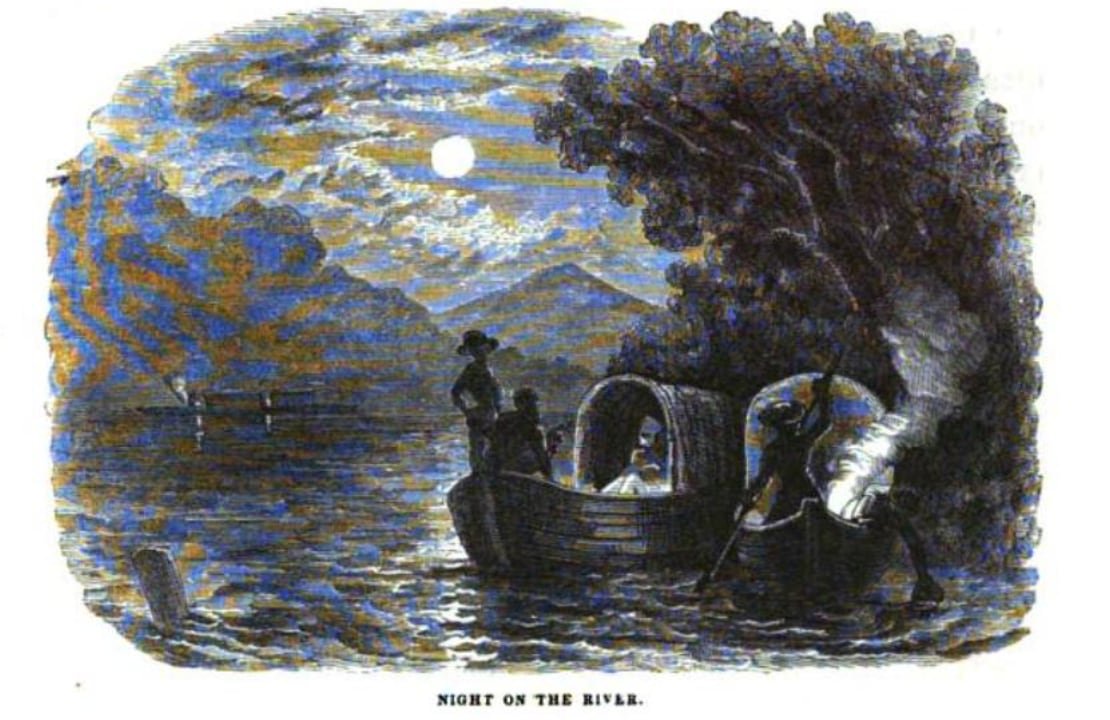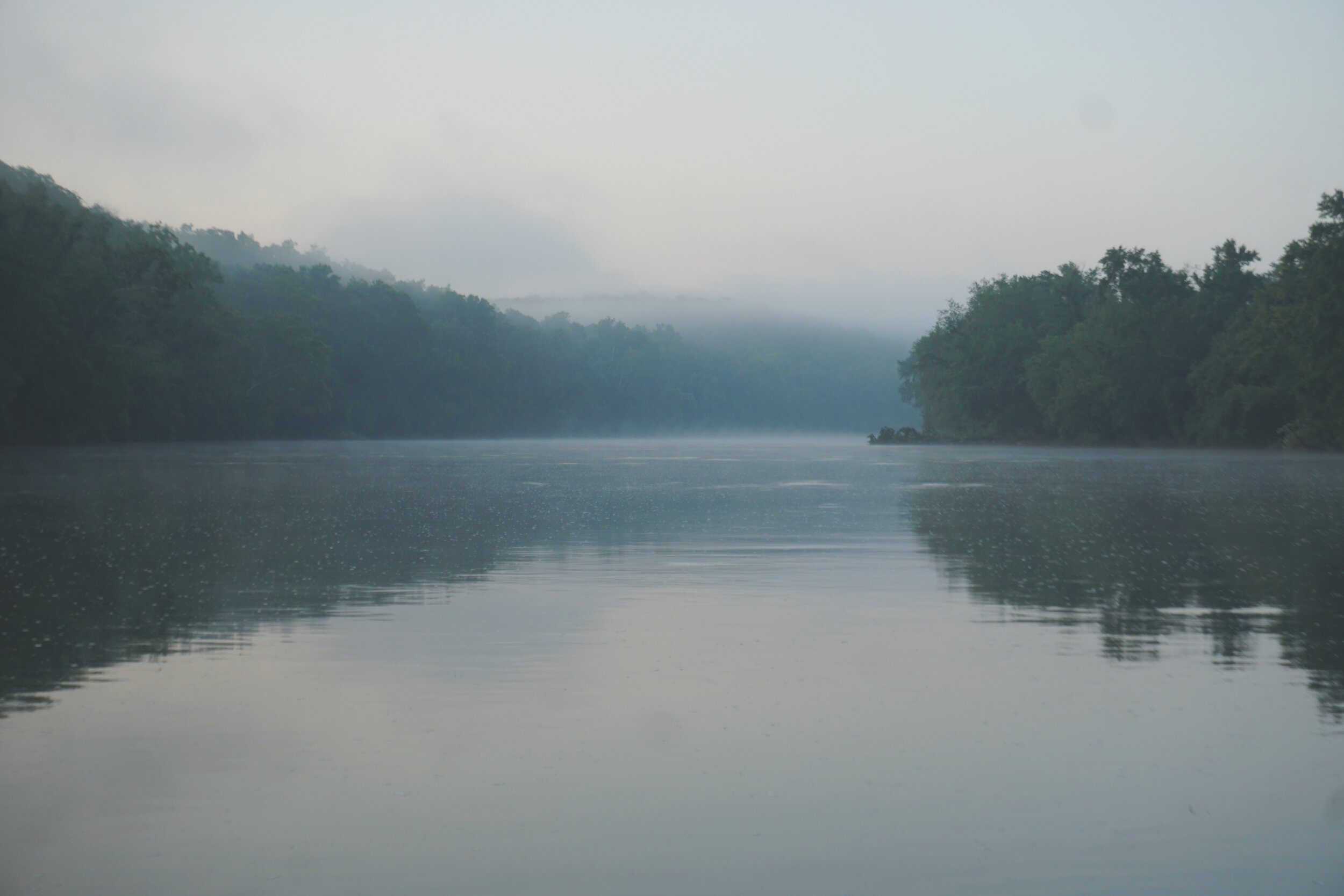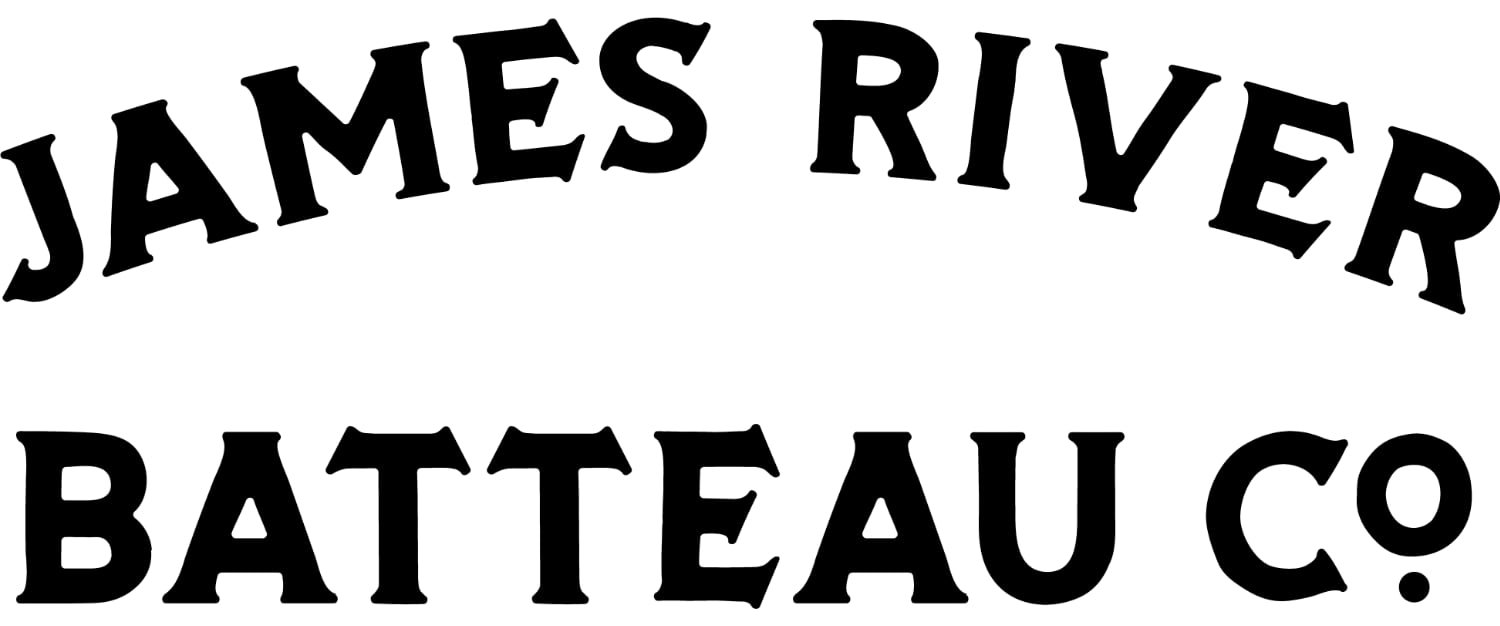What’s a batteau?



Early in our nation’s history, back before highways or railroads, rivers were the most efficient means for transporting crops and goods. Unfortunately for the early Americans, Virginia’s inland rivers can be unforgivingly shallow and difficult to navigate in certain seasons. In 1775, a native Virginian named Anthony Rucker combined the elements of several existing boats to create a new type of vessel called the James River Batteau specifically to navigate the shallow waters of the James River.
Batteaux were adopted across the region as the best way to transport tobacco and other goods from the fertile fields of the Piedmont to the markets in Richmond. They facilitated the settlement of the more mountainous regions of Virginia kicking off the western expansion in the United States. The increased trade also helped position Virginia as one of the most prosperous and powerful states in the burgeoning nation.
Who were the batteaumen?



Stories of the men who navigated batteaux along the James have largely been lost to history. This is in no small part due to the majority of them being enslaved African-Americans. What we do know about them is filtered through the lens of the journals of famous men and contemporary literature of the 1800’s, and thus needs to be taken with more than a grain of salt. Most literature describes the batteaumen as fun-loving and jovial, if just a tad mischievous.
What is absolutely certain is that these men were capable of incredible feats, poling loaded boats upriver at a rate of up to 30 miles per day. The work they endured would have been grueling and unforgiving, while also allowing more autonomy than fieldwork. We owe these men a debt of gratitude and their efforts certainly accelerated our country’s journey towards becoming an economic powerhouse.

